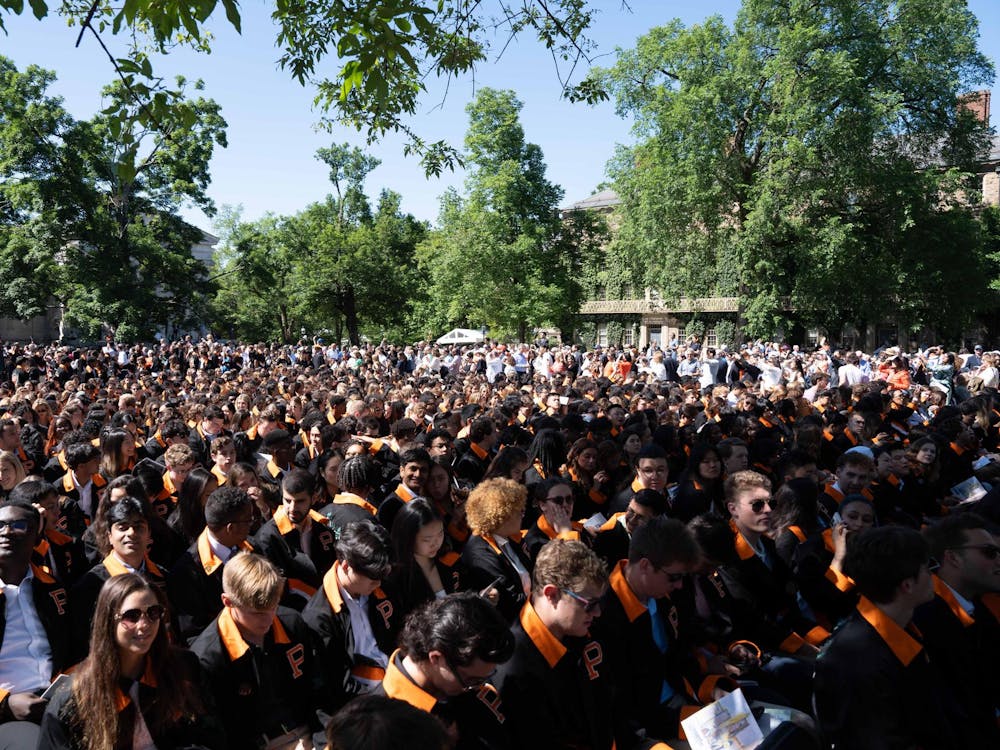Public bathrooms make me uncomfortable. In the bathroom earlier this year, I found an uneasy-looking student standing by the sinks. As I passed him, he said, “Watch out, there’s …” His voice trailed off as he gestured to a stall. The toilet flushed, and a female student came out, her cheeks turning red. She apologized for trespassing, explained that she didn’t know the women’s bathroom code, and then hurried out.
I realized the student at the sink had been trying to warn me about her because we were both wearing only towels, and he worried she might see us half-naked. But I wondered if he also worried that I, a gay man, saw him too.
If women aren’t allowed in the men’s room for fear that they might “check out” men while they’re exposed, do straight men fear the same of me? Some of my straight male friends assure me that they don’t. But when straight men act uncomfortable with a woman in the men’s room, they embarrass me as well as the woman.
While there’s still merit in keeping bathrooms single-sex, we shouldn’t be so strict about it. There’s no point in making straight women in the men’s room feel embarrassed. It’s silly because, with gay and other queer people in the bathrooms, there’s always a chance that someone there might be attracted to you. Spare us the embarrassment and recognize that bathrooms will never be perfectly private.
My embarrassment in the men’s room is slight, but the shame transgender people feel when they’re forced to use the wrong bathroom is not. In both cases, one is made to feel like a trespasser because the rule that men and women must use separate bathrooms was made with straight people in mind. It was developed in a more conservative time, when openly gay and queer people were so rare that they were seen as anomalies, as outliers to be ignored. The logic went that there would be no Peeping Toms in single-sex bathrooms, because women weren’t attracted to women and men weren’t attracted to men.
Enter gay and other queer people, and the timeworn rule shows its wrinkles. As long as people share bathrooms, there’s always a chance that one person in the bathroom will be attracted to another. Even if we added two new bathrooms, for gay men and gay women, so that straight people would have no chance of being checked out, I would be in a bathroom full of people attracted to men. Unless every bathroom were a single-person bathroom, someone would have to share the bathroom with a person attracted to them.
Now consider the proposals in several states to require transgender people to use the bathroom matching the sex assigned to them at birth. Do the lawmakers really want transgender women in the men’s room, or transgender men in the women’s room? It makes the bathroom more awkward for the lawmakers and downright humiliating for transgender people. But privacy isn’t really their concern. These laws aim to make explicit the implication that queer people don’t belong in either the bathroom or our society.
Standing against these “bathroom bills” to combat the hatred of queer people is the easy part. We also need to grow up and handle bathroom privacy more maturely. Teaching the woman I met in the men’s room to feel embarrassed for using the wrong bathroom, even without perverted intentions, embarrasses queer people by implication.

I’m reminded of elementary school, where we would giggle at the acronym I-CUP because it sounded like, “I see you pee”, which was taboo. As adults, we’re still afraid to talk about the risk of being exposed in the bathroom. When we tiptoe around the issue, silently accepting gay men in the men’s room while embarrassing women who enter, we might as well leave bathroom regulations up to the elementary-schoolers.
Bhaskar Roberts is a sophomore from Buffalo, NY. He can be reached at bhaskarr@princeton.edu








